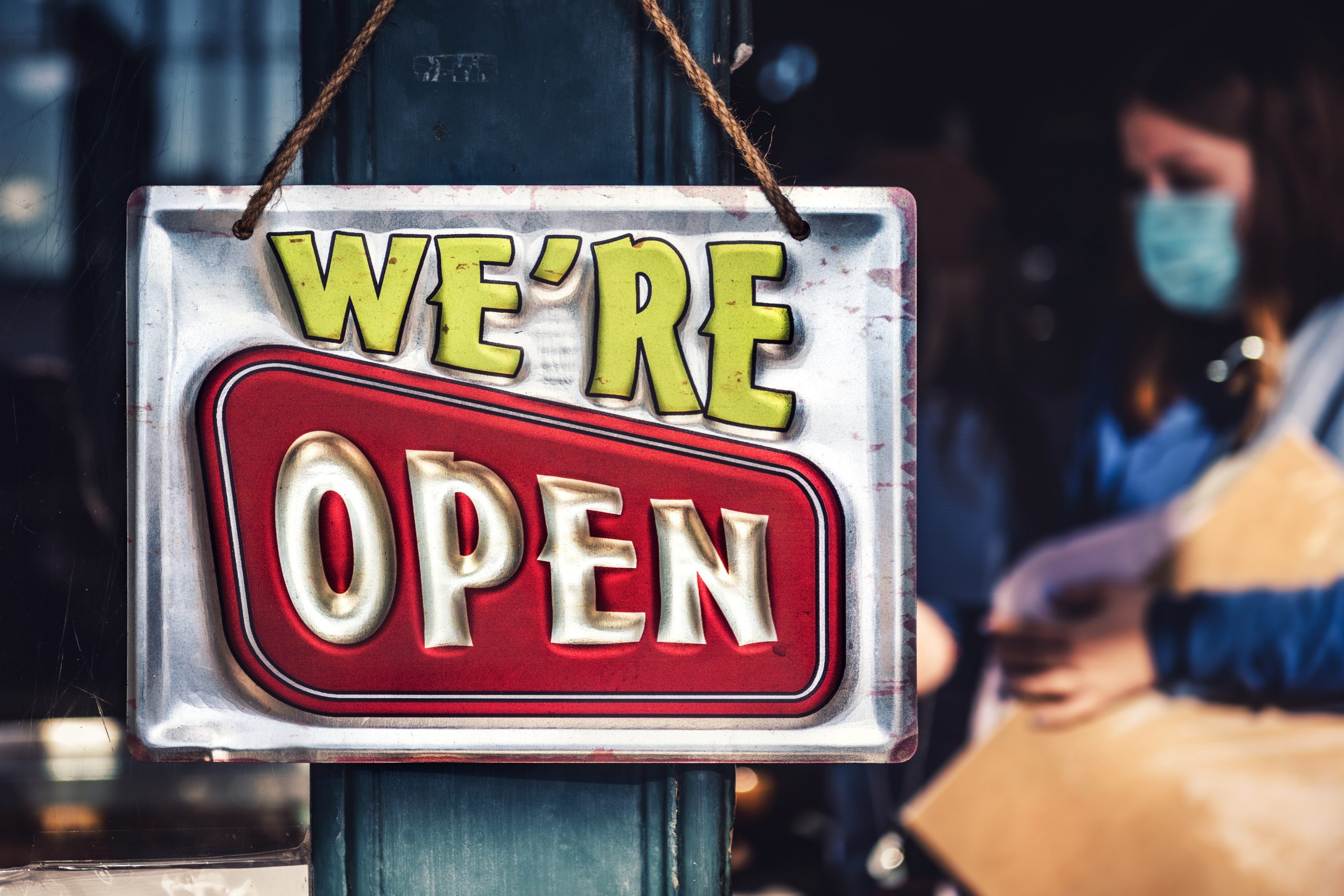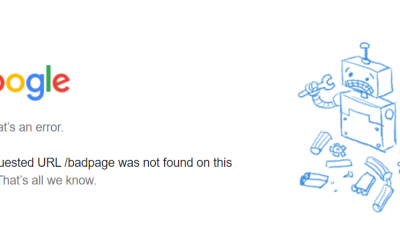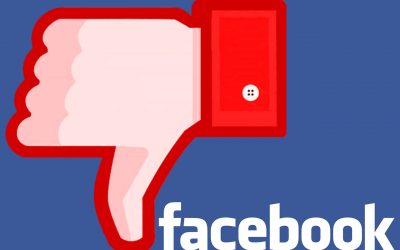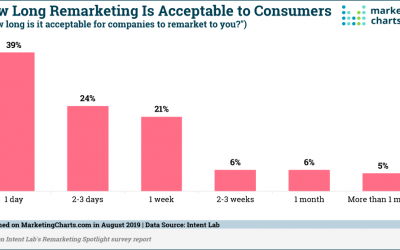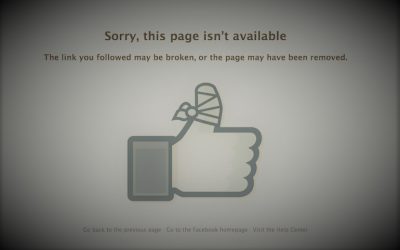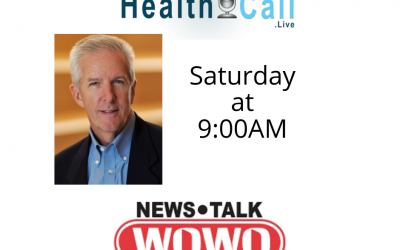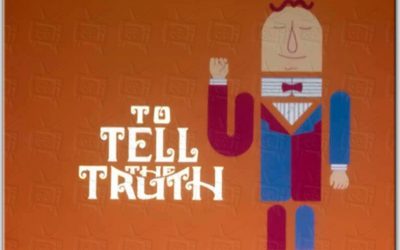"Extra – Extra, Read All About It!!! Brick-and-Mortar stores are dead! E-commerce is the way everyone will shop in the future. Extra – Extra, Read All About It!!!” If you read the retail industry trades or e-commerce newsletters and blogs at all, that chant has been...
ScLoHo’s Web World
Are You Missing?
A decade ago, I took a break from working in radio to work full-time for a website development firm that had some cutting edge technology back in 2011. My job was to find companies that needed website upgrades and introduce them to our platform so we could bring them...
Is It Time To Fall Out Of Love With Digital Ads?
It's not all it's cracked up to be. The whole magical world of digital advertising online. For the past decade plus, I've seen study after study after study that talked about the shift in advertising from traditional ads to digital ads. As a point of reference,...
Digital Burnout
Do you ever get annoyed at advertising? I did an informal and unscientific poll of friends and strangers recently and discovered that the answer is Yes. This is nothing new. As long as there have been advertising, there are reasons for people to dislike it. Music...
Avoid A Digital Disaster
I walked in for my 1 o'clock meeting, and there was a strange kind of energy at their office. I'm talking about energy in the air, the people were not their usual happy selves. I asked if Doug was in and they pointed to his office and went back to their...
The Mass Media Myth
Continuing my series based on Roy Williams article about Advertising Oversimplified with my thoughts on points 2 and 3...Roy talks about Mass Media and targeting your advertising message:They call it “mass media” for a reason: it reaches the...
The Online and On-The-Air Marketing Mix
If you are a business owner or in charge of handling the marketing and advertising, a wise thing to do is to pay close attention to what the BIG GUYS are doing. The “Big Guys”, the likes of GEICO, Home Depot, Proctor & Gamble and others, have huge...
Ad Fraud is Real
…his team did an analysis looking back to 2001 and said “the number is actually worse” — noting that prime-time television ratings have declined 78% while ad rates have increased 180%.
The Good Side of On-Line Advertising
Thank goodness the political advertising season is done for awhile, now we get to see and hear holiday ads. Advertising it self is neither good or bad, but you and I know that we have seen plenty of bad ads we never want to see again. Let's set the record straight....

